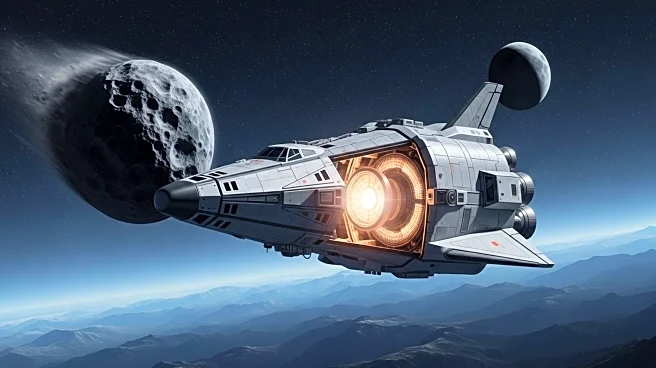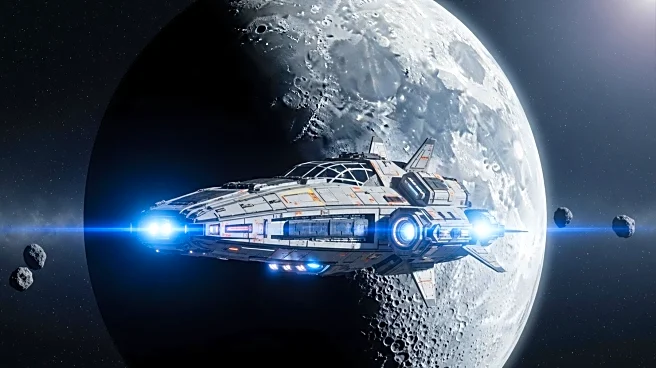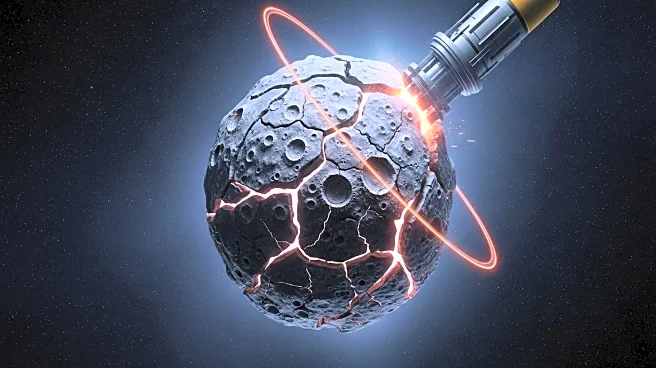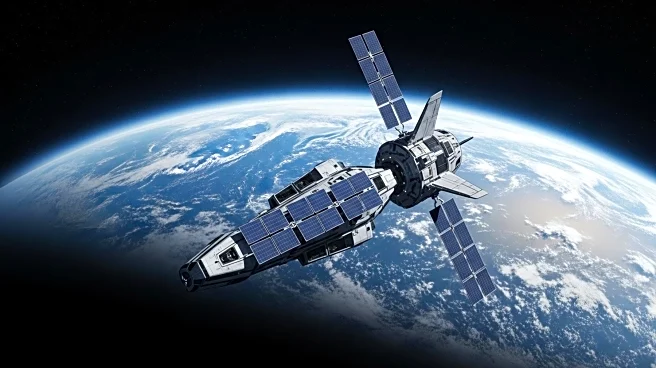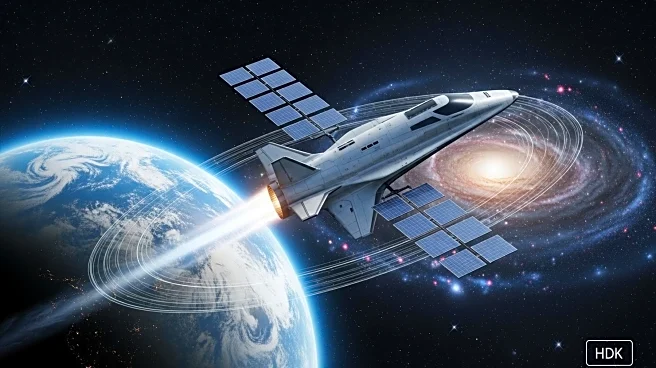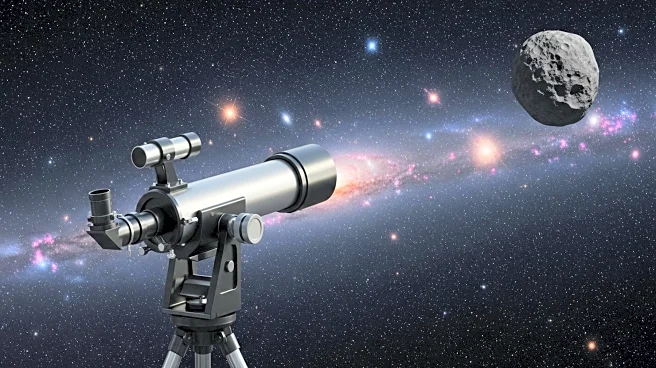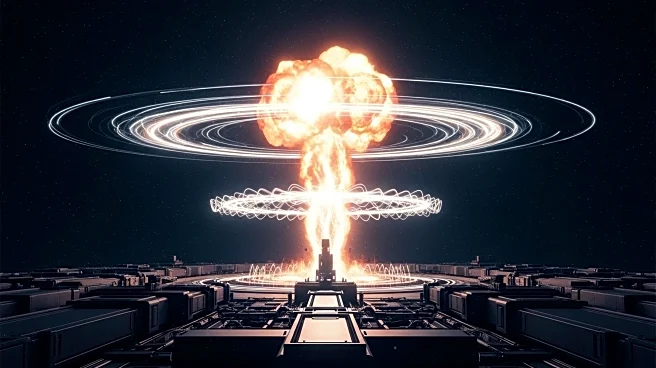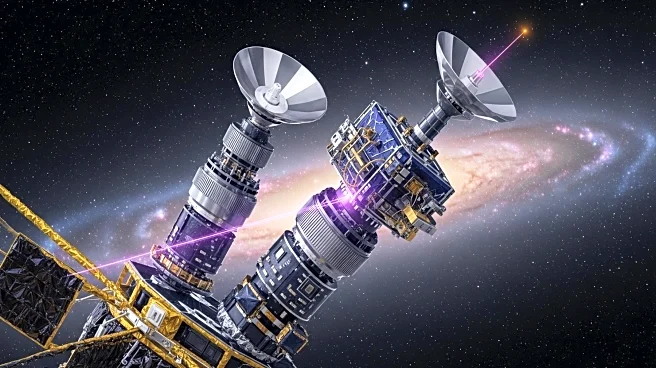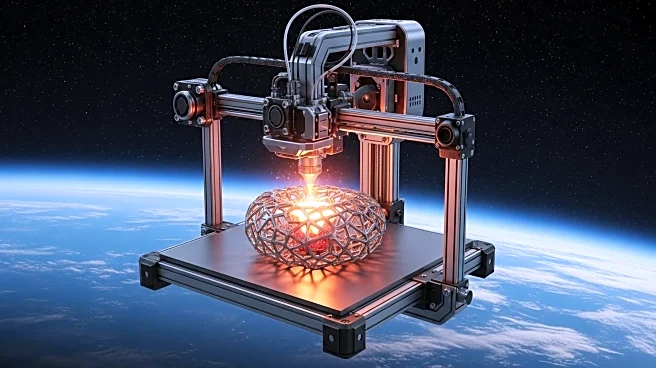What's Happening?
NASA and a group of researchers have released a paper detailing potential missions to prevent asteroid 2024 YR4 from striking the Moon in December 2032. Initially thought to have a chance of hitting Earth, refined models now show a 4 percent chance of impacting the Moon. The paper outlines two main strategies: deflection and destruction. Deflection involves altering the asteroid's trajectory, requiring precise mass calculations. Destruction could involve kinetic impact or a nuclear explosion. The asteroid's impact could increase micrometeoroid activity on Earth, posing risks to satellites and space stations.
Why It's Important?
The potential impact of asteroid 2024 YR4 on the Moon could have significant implications for space operations and Earth's satellite infrastructure. An increase in micrometeoroids could endanger satellites and astronauts, affecting communication and navigation systems. The exploration of nuclear options highlights the intersection of scientific innovation and geopolitical considerations. Successfully averting the asteroid could demonstrate advanced capabilities in planetary defense, influencing future space policy and international collaboration in space exploration.
What's Next?
NASA and other stakeholders must decide on the feasibility of deflection or destruction missions. A reconnaissance mission to better estimate the asteroid's mass is suggested for 2028. Existing missions like OSIRIS-APEX and Psyche could be repurposed, but this would require sacrificing their original targets. The decision to use nuclear options involves political and technical considerations, with a launch window between 2030 and 2032. As the probability of impact becomes clearer, strategic decisions will need to be made to ensure planetary safety.
Beyond the Headlines
The discussion around using nuclear explosions in space raises ethical and legal questions about weaponization and environmental impact. The potential for nuclear tests in space could lead to international debates on space treaties and the militarization of space. Long-term, this situation could drive advancements in asteroid detection and deflection technologies, influencing future planetary defense strategies and international cooperation in space exploration.


